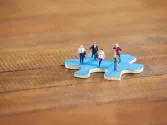
Hydro Fail: What Sarawak Energy learned from failed mini-hydro projects
Hydro power seems like the simplest form of renewable power to install – but the devil is in the details as some failed mini-hydro projects at Sarawak Power shows.
Sarawak Energy has commissioned operates ten mini hydro electric plants over the past twenty years, but some of them have already closed down or been abandoned and present some interesting case studies on not what to do in planning a mini hydro plant.
Many of the earlier hydro plants were aimed to solve the problem of rural electrification of homes in villages in remote locations. Speaking at Rebewable World Asia, Graeme Maher of Sarawak energy noted that even today “we have very few roads that reach into the interior of Sarawak. So we looked into mini Hydro and selected ten sites which would support from 0.3 MW to about 10 MW. “
Maher noted that there has been mixed success of the projects we developed but now we are reopening the mini hydro “can of worms” with the aim of accelerating rural electrification.
The first three mini hydro projects undertaken by Sarawak Energy are still the most viable, and this owes mainly due to them being “reasonably well located so operations and maintenance has not been a problem.”
But not all mini-hydro projects have met with success, noted Maher.
“For example Batu Lintang, in a remote area on the Indonesian Border is designed to deliver 100 KW of power. One issue is the power station was located below flood levels so we got frequent flooding of the station, so we had to replace the equipment often. This plant also had a remote location and when the distribution system reached Batu Lintan in the 1990’s we discontinued the project.”
Another failure was the Kota plant located in the very north of Sarawak. This was a larger sixed project rated at 4MW but the plant tripped above 1 MW. Problems included the intake, which is not covered with a rake and is often clogged and underwater during floods. But perhaps the final issue is that the plant was designed with the turbines to be placed vertically but when they were actually installed they were put in horizontally.
It was suspected that at building the error was made due to construction difficulties without the original hydro engineers being consulted. As a result, every time more than 1GW is generated the frequency drops and the station trips.
Another abandoned plat was at Kejin, where the only access to the plant was via a 4KM trek through the jungle, and operations and maintenance became to difficult and the jungle would often overgrow back over the transmission lines.
The lessons learned, according to Maher , are that “You need to think about what happens when the grid arrives, and make sure there is good review of design changes.”
Sarawak is still only 75 % electrified so again there is political impetus to reopen new mini-hydro plants, only this time with more planning.



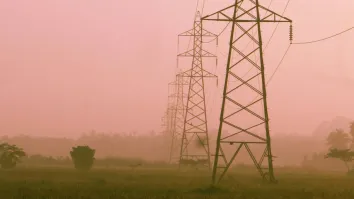
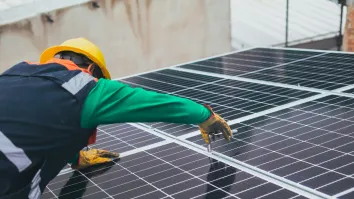





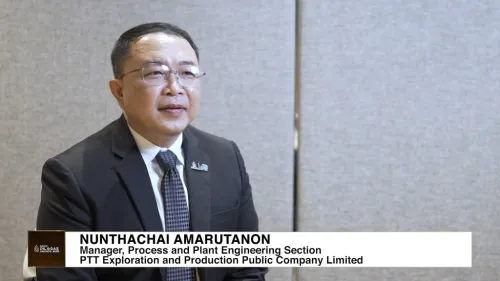


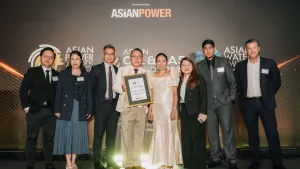





 Advertise
Advertise


